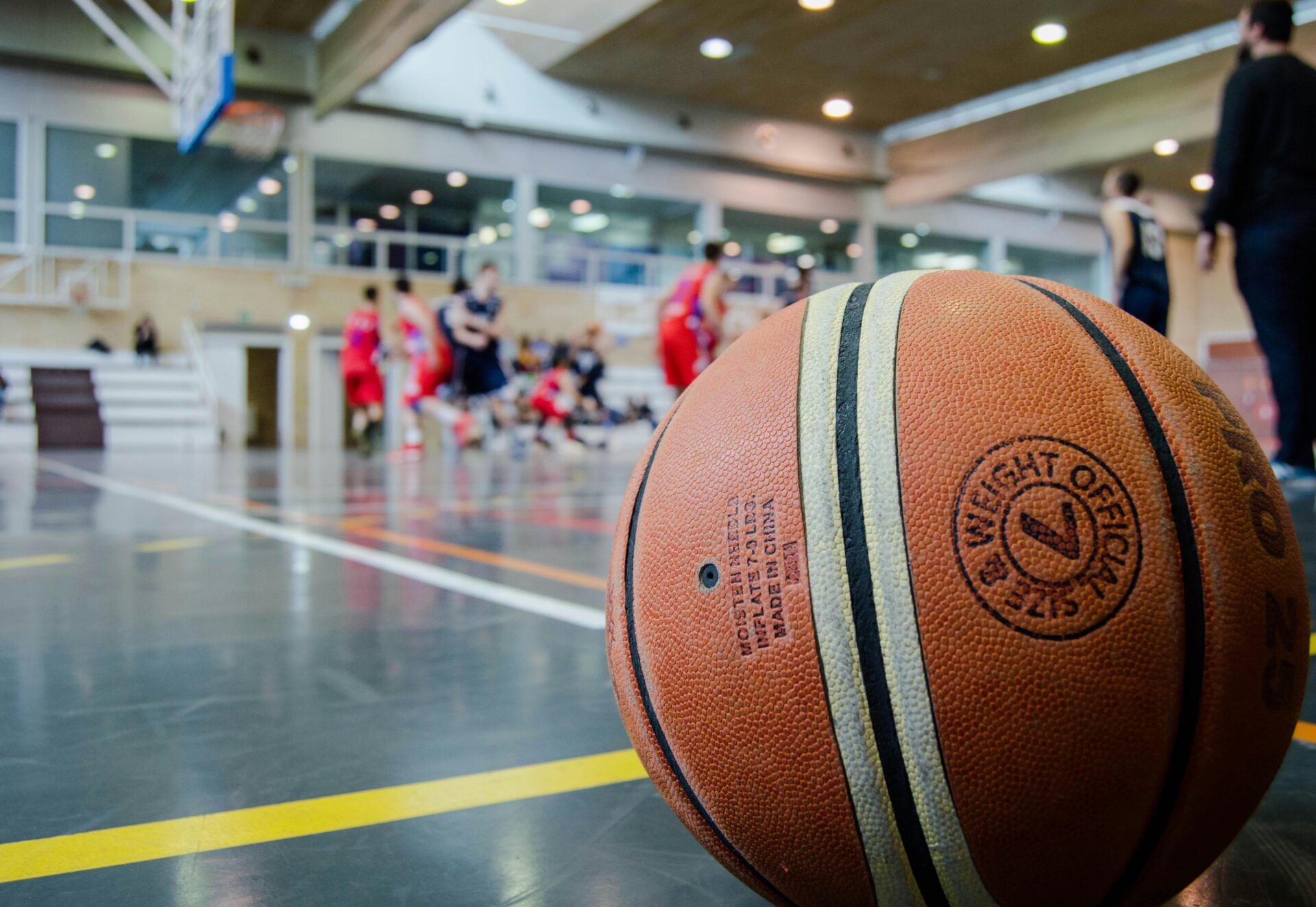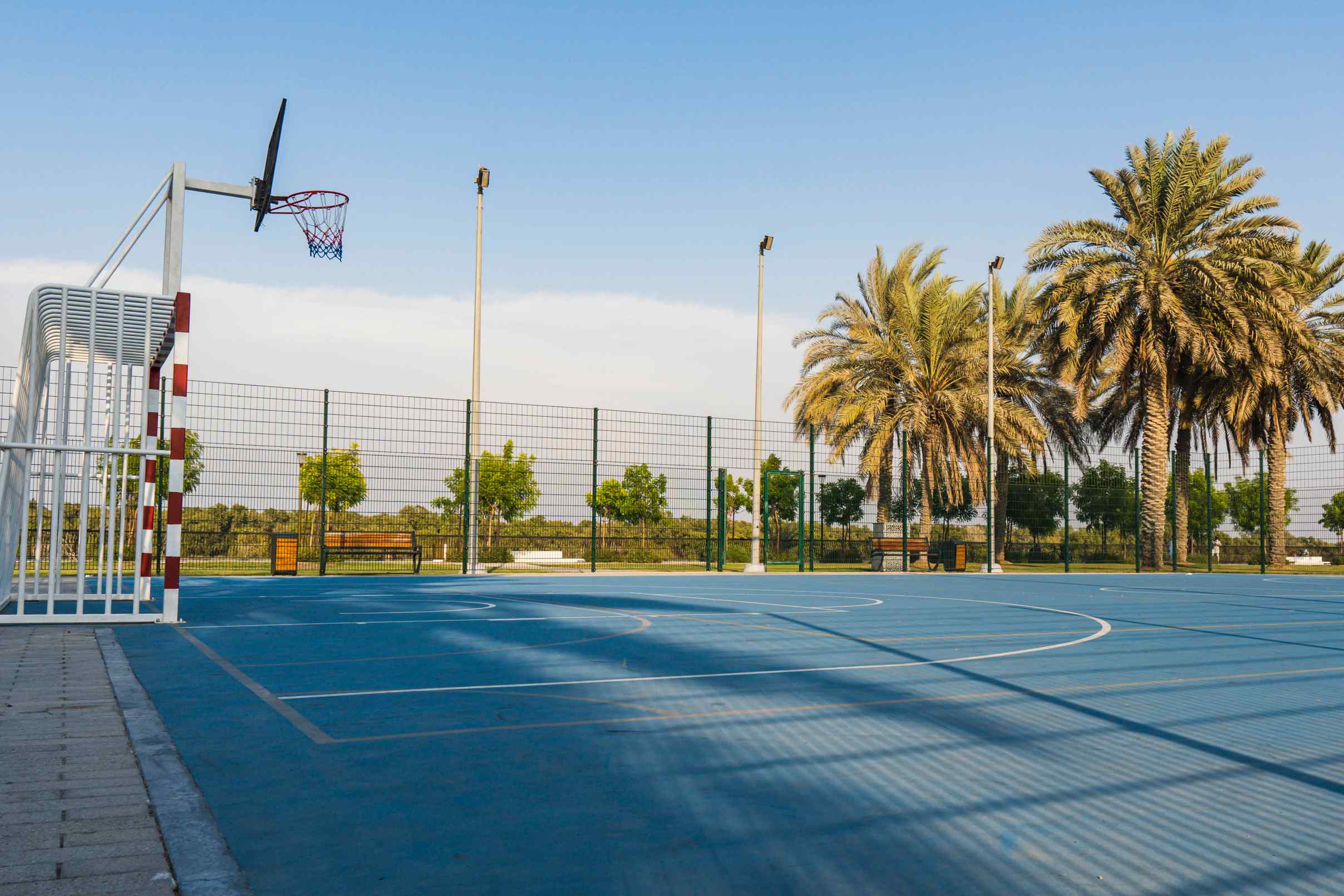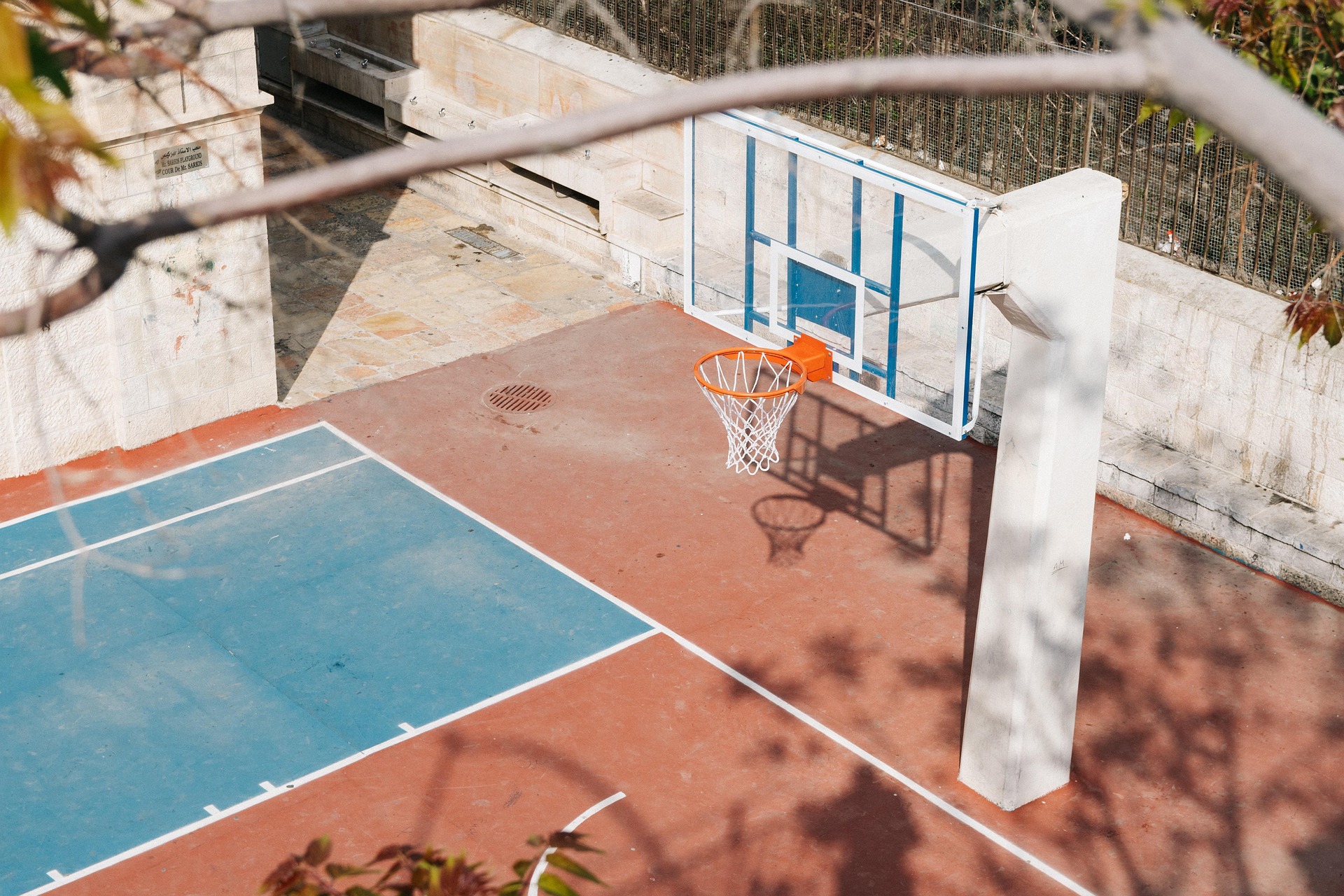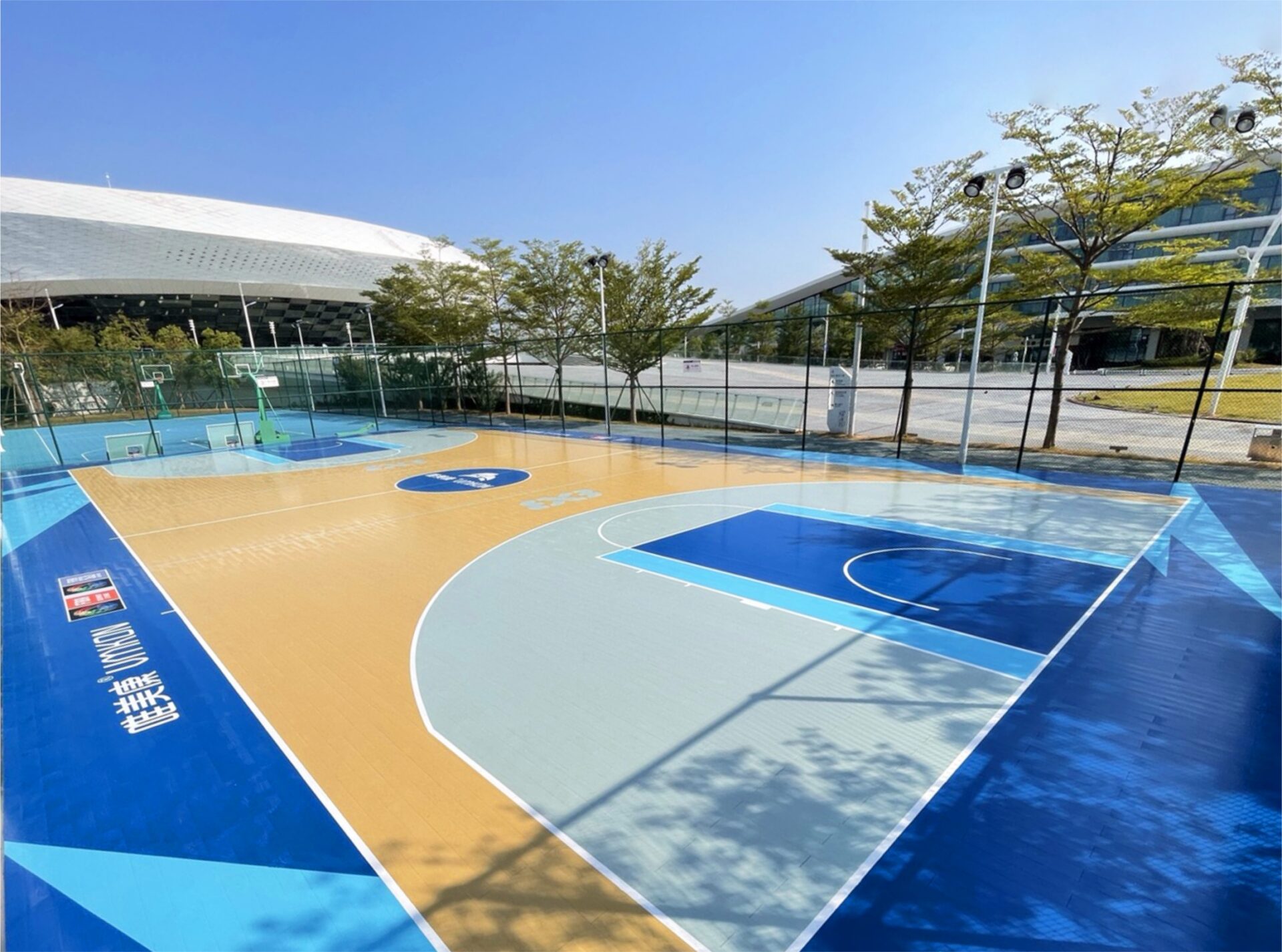When you are entering a gymnasium, a school court, or a training room, what do you see first?
Perhaps it’s the blinking lights. Perhaps it’s the equipment or the scoreboard. But few even consider what they’re standing on—the floor. That’s a shame because the surface you’re playing on can make or break your performance, your safety, and even your long-term health.
Hard to believe, but the surface you glide across playing sports is not merely in the way of taking up space. It’s a silent partner in every game, every jump, every sprint. Selecting the proper surface is more than a matter of aesthetics—it’s a matter of providing a safe, efficient environment in which players can really do their best.
In this article, we’re breaking down why indoor sports flooring is more important than you think. You’ll learn what makes them different from regular floors, how they affect performance, and how the proper choice can pay for itself in the long run. We’ll also point out the most frequent mistakes others make when selecting them—and how to avoid them.
So let’s start at the start: What precisely distinguishes a sports surface from a normal one?
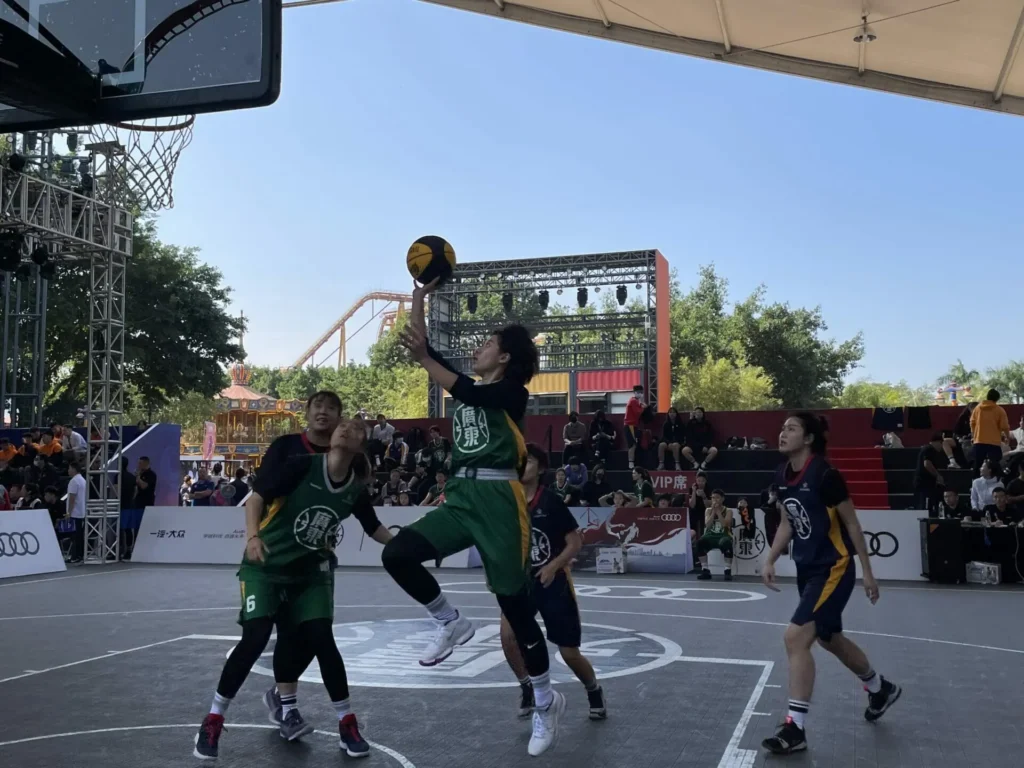
What Sets Sports Flooring Apart from Ordinary Floors
When most people hear flooring, they tend to think of tile, wood, or concrete. These products are acceptable for everyday areas, but for sports, they just don’t measure up.
Sports flooring is built with one thing in mind: to support physical activity. That is, it’s not necessarily about standing still—it’s about jumping, running, sliding, and landing. All of it, from the top surface layer to the shock-absorbing base below it, is built to withstand high-impact movement while protecting athletes.
Unlike regular floors, sports-specific ones include features like:
- Shock absorption to cushion joints and minimize trauma.
- Control of friction to prevent slipping or excessive sticking
- Ball bounce consistency, which will contribute to sports performance in activities like basketball
- Energy returns, and the athletes do not fatigue easily.
These are things that no ordinary person even thinks about, but players do know the difference right away.
Built for Movement, Not Just Walking
Consider running on concrete as opposed to running on a cushioned track. The contrast in the way your legs will feel afterward is enormous, isn’t it? Sports flooring offers the same kind of support for indoor play. Whether you’re at a high-speed basketball game or a school volleyball practice, the proper floor makes a difference.
So now that we know these floors are constructed for athletes, how do they actually impact a player’s game or safety?
How the Right Floor Affects Athletes’ Performance and Safety
Performance is not all about training and ability. It’s about setting, and that includes setting in the form of the playing surface.
Good sports flooring can improve performance by providing greater grip, smoother movement, and consistent bounce. It enables athletes to push themselves harder without restraining themselves in case they slip or fall.
But the best benefit? Avoiding harm.
The Silent Threat of Choosing the Incorrect Surface
Hard, slippery, or uneven terrain may lead to:
- Twisted ankles
- Knee strain
- Slips and falls
- Long-term joint problems
Correct sports flooring puts less pressure on joints and muscles. To that end, as many as 70% of indoor sporting injuries are due to improper floor conditions. Right installation enables the athletes to freely move about, enables the coaches to drive them more, and permits schools or centers to reduce liability.
This safety net isn’t only practical—it’s about having your players on the court instead of in rehab.
But hold on, there’s more. A great surface doesn’t just protect people—it also protects your purse. How, you ask?
Why High-Quality Sports Flooring Pays Off in the Long Run
Choosing good quality sports flooring isn’t just a performance or safety option—it’s a smart investment.
Quality materials will last longer, need less repair, and appear their best for years. Budget surfaces may be cheap in the beginning, but they’ll show their wear and tear in no time, cracking, becoming imperfect, and even dangerous. That’s a lot of replacements—and money wasted.
Your Facility’s Reputation Is on the Line
No matter if you operate a school gymnasium or a standalone training facility, the health of your court says a lot. A properly maintained surface says to everyone that you’re a steward of your athletes. It also makes your facility more desirable to host events, tournaments, and sponsors.
Consider this: Would you rather be playing on a dull, cracked surface—or a shiny, professional-looking court that you enjoy walking on?
Now that we’ve covered what makes these surfaces so attractive let’s cover what NOT to do when choosing one.
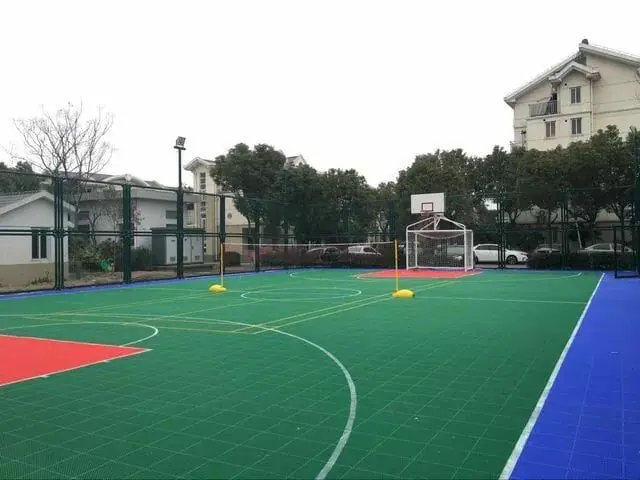
Common Mistakes to Avoid When Choosing a Sports Flooring
Here’s the truth: many people do it incorrectly when they’re choosing a floor for their sports facility.
Maybe they’re in a hurry, maybe they’re being frugal, or maybe they simply don’t know what they’re getting themselves into. Whatever the reason, these types of mistakes will cost you plenty.
Some of the most common mistakes are:
- Taking the lowest-priced item regardless of quality
- Choosing the wrong surface for the activity or sport
- Disregarding certifications or performance standards
- Failure to consider long-term maintenance
- Overlooking who will be filling the space (children, adults, professionals?)
Think Outside the Budget
Yes, price matters. But to save a dollar here and there and then pay two dollars to repair it later doesn’t add up. Rather, think of the floor as an investment. You want something that works for your space, your users, and your uses.
Then what are you looking for, anyway?
How to Select the Best Indoor Sports Flooring Option
There is no one solution. The ideal surface depends on your requirements, and knowing what’s available makes all the difference.
Among the most widely used are:
- Vinyl flooring: Ideal for schools, easy to clean, tough on shock absorption
- Polyurethane (PU) systems: Durable, smooth, ideal for multi-purpose areas
- Hardwood floor: Timeless choice for basketball, excellent bounce, but needs to be maintained.
- Modular tiles: Simple to install, transportable, and usable in most sports
There’s No One-Size-Fits-All Solution
Before making a decision, think about:
- What games will be played?
- How frequently will it be utilized?
- Who will be using it?
- Do you need portability or a fixed installation?
- What’s your long-term budget?
Answering these questions will help you narrow down your choices and bring you closer to the perfect sports flooring.
And when you’re ready to decide, here’s a firm that knows just how to assist.
Why VMKON Sport for Your Facility
Not all flooring companies realize the specific demands of athletes, coaches, and facilities. That is where VMKON Sport differs.
VMKON offers:
- Customized interior floor systems to perform
- Certified options of international standards
- Smooth finish PU surfaces, resistant vinyl, and conventional wooden systems
- Customized color and design for your brand
- Solutions designed for schools, gyms, universities, and more
Designed for Athletes, Backed by Experts
With global expertise and an unwavering dedication to innovation, VMKON develops sports flooring on which athletes trust—and facility managers trust. Experience a VMKON system, and you’re investing in quality and safety, as well as a partner who understands what it takes to build a winning environment.
Conclusion
Ultimately, sports flooring is not just something you walk on. It’s the ground beneath each step, each victory, and each sound and secure landing. It cushions athletes’ and guards’ joints and establishes the tone for your surroundings.
So the next time someone says, “It’s just a floor,” you’ll know better.
Because the proper surface isn’t just necessary—it’s crucial.
FAQs
1. What makes sports flooring special compared to regular flooring?
Sports flooring is designed to withstand rapid movement, jumping, and stopping. It is less hard to walk on, is injury-preventing, and provides a better grip than common floors such as concrete or wood found in residences.
2. Why is shock absorption important in a sports surface?
Shock absorption protects your joints—your knees, ankles, and back—against the impact of every landing or cut. It helps make players safer and less tired after games or practice.
3. How long does a standard indoor sports floor last?
That depends on the type and condition of how well it is taken care of, but good quality ones will last between 10 and 30 years. If it is well looked after and serviced regularly, it can be extended.
4. Can a single surface be used for more than one sport?
Yes! There are certain flooring surfaces—such as PU or vinyl systems—designed especially for multi-sport applications. They offer outstanding traction, shock absorption, and ball response for sports such as basketball, volleyball, badminton, and gym class.
5. Is hardwood still the sports court material of choice?
Yes. Hardwood is a retro choice for basketball and is visually appealing. It does need more maintenance and may not be the best choice for facilities that host a large number of different sports or non-sport activities.
6. How do I choose the right flooring for my school or gym?
Think about who will be using it, what is going to be played on it, how much the space is being utilized, and your budget in the long run. Talking to a flooring expert can help you determine the most appropriate for your needs.
7. Is sports flooring expensive?
The cost is installation- and material-based, but don’t forget—it’s an investment. High-quality flooring will pay for itself in the long run through the savings in reduced injury, longer life, and reduced repair.
8. Is sports flooring available with logos or colors?
Yes! Many businesses provide custom design. You may include your team colors, school logo, or branding to have your facility look more exciting and professional.
9. What type of maintenance will it need?
Most floors need to be cleaned periodically with the proper equipment and chemicals. Some will need to be resurfaced or re-coated eventually. Always check the care guide for your specific type of floor.
10. Why should I choose VMKON Sport?
VMKON provides high-quality, sport-specific floor systems that are up to international standards. They provide expert consulting, bespoke designs, and long-lasting durability—making them a wise investment for any indoor sports facility.


